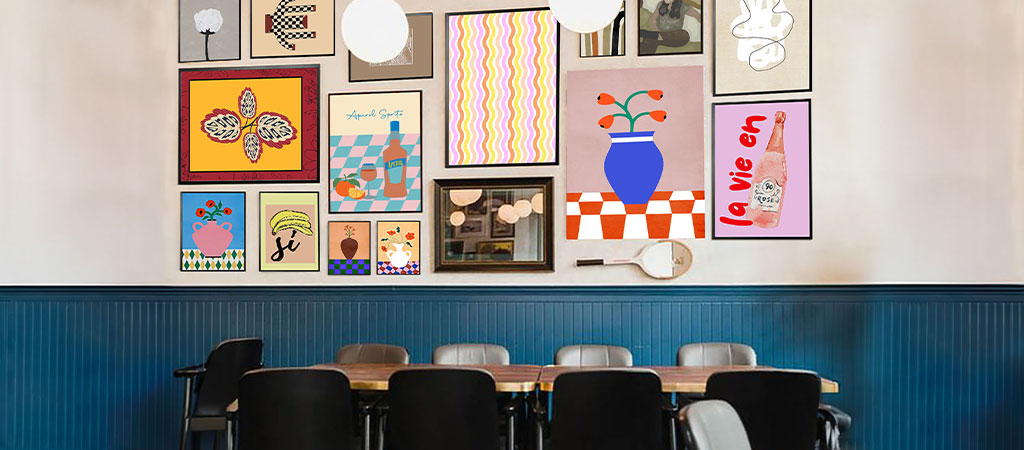
The workplace environment is crucial to employee productivity, creativity, and overall well-being. A dull or uninspiring office can lead to stress and disengagement, while a thoughtfully decorated workspace can enhance motivation and job satisfaction. One of the most effective and affordable ways to transform an office is by incorporating art prints. These visual elements beautify the space and contribute to a positive and stimulating work atmosphere.
Enhancing Creativity and Productivity
Studies have shown that an aesthetically pleasing environment can improve focus and efficiency. Art prints featuring nature, abstract designs, or inspirational themes can stimulate creative thinking and reduce mental fatigue. Employees working in visually enriched spaces tend to be more engaged and innovative, as their surroundings encourage fresh ideas and problem-solving.
Art Prints: A Stress-Reducing Solution
A workplace with neutral-colored walls and harsh lighting can feel cold and unwelcoming. Art prints introduce color, texture, and personality, helping to create a warm and inviting atmosphere. Research indicates that exposure to specific colors can influence mood—blues and greens are known to have a calming effect, while yellows and oranges can boost energy and enthusiasm. Nature-themed prints, in particular, have been found to reduce stress levels and promote relaxation, making them an excellent choice for high-pressure work environments.
Reflecting Company Culture and Values
Art prints can also reflect a company’s identity and values. Businesses can choose artwork that aligns with their industry, mission, or brand image. For example, a tech company may opt for modern, abstract prints representing innovation, while a wellness-focused business might choose serene landscapes or mindfulness-themed artwork. Displaying art that resonates with employees can create a sense of belonging and reinforce corporate culture.
Art Prints: creating a Warm Welcome for Clients and Visitors
First impressions matter; office décor significantly impacts how clients and visitors perceive a business. Well-chosen art prints can make a workplace more professional, sophisticated, and inviting. Whether in reception areas, conference rooms, or hallways, artwork can set a positive tone and leave a lasting impression.
Art Prints: An Affordable and Versatile Design Solution
Unlike expensive renovations, art prints offer a cost-effective way to upgrade office aesthetics. They come in various styles, sizes, and formats, allowing businesses to customize their spaces without significant investment. Rotating prints periodically can refresh the workspace, keeping the environment dynamic and engaging.
By incorporating art prints into the workplace, businesses can foster creativity, reduce stress, and enhance their company culture. This will create a more productive and inspiring environment for employees and visitors.













